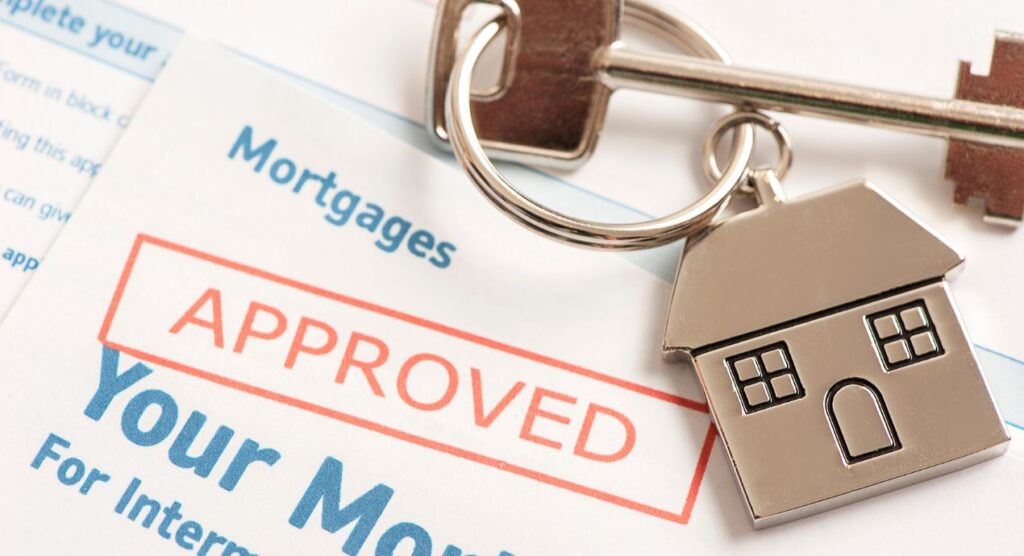Are You Ready to Buy Your First Home?
Buying a home is one of the most significant financial decisions you’ll ever make. But with so many steps in the process, it’s easy to feel overwhelmed, especially when terms like “mortgage pre-approval” start popping up.
What does it mean, and why should it be on your radar?
If you’re a millennial or part of Gen Z, you’re likely navigating the challenges of saving for a home while balancing other financial goals.
Understanding mortgage pre-approval can simplify the process, give you a competitive edge, and help you make informed decisions. By the end of this post, you’ll clearly understand why this step matters and how it sets you up for success. Let’s dive in.
What Is Mortgage Pre-approval?
When you hear “mortgage pre-approval,” think of it as your golden ticket to the homebuying process. Essentially, it’s a lender’s evaluation of your financial health to determine how much money they’re willing to lend you for a home purchase.
The pre-approval process involves a detailed review of your income, credit history, assets, and debts. Unlike pre-qualification, which is a more general estimate, pre-approval gives you a concrete loan amount and often comes with a conditional commitment from the lender.
Why does this matter? Having a mortgage pre-approval in hand shows sellers you’re serious, financially prepared, and capable of closing the deal. It’s like saying, “I’m ready to buy, and I have the paperwork to prove it.”
How to Get Pre-approved for a Mortgage
Step 1: Gather Your Financial Documents
Before applying for pre-approval, you must get your paperwork in order. Lenders typically require proof of income (like pay stubs or tax returns), bank statements, and details about your debts.
Step 2: Check Your Credit Score
Your credit score is a key factor in determining your eligibility and interest rate. A higher score often translates to better loan terms. If your score needs improvement, take steps to boost it before applying.
Step 3: Shop Around for Lenders
Don’t settle for the first lender you find. Comparing offers from multiple lenders can save you thousands over the life of your loan. Look at interest rates, fees, and overall terms to find the best fit for your needs.
Step 4: Submit Your Application
Once you’ve chosen a lender, it’s time to apply. Be prepared to answer questions about your finances and provide any additional documentation they request.
Why Understanding Mortgage Pre-approval Is Crucial
1. Helps You Set a Realistic Budget
One of the biggest mistakes first-time homebuyers make is shopping for homes outside their price range. Understanding mortgage pre-approval gives you a clear idea of what you can afford, saving you time and emotional energy.
2. Makes You a Competitive Buyer
In today’s fast-paced housing market, pre-approved buyers have a distinct advantage. Sellers are more likely to accept offers from buyers who’ve already secured financing, as it reduces the risk of the deal falling through.
3. Avoids Surprises Later
Nobody wants to fall in love with a home, only to discover they can’t secure the necessary financing. Pre-approval identifies potential issues early, giving you time to address them before you start house hunting.
Common Myths About Mortgage Pre-approval
Myth 1: Pre-approval Guarantees a Loan
It’s important to understand that pre-approval is not the same as final loan approval. Changes in your financial situation, such as taking on new debt or losing income, can affect your eligibility.
Myth 2: It Hurts Your Credit Score
While pre-approval does involve a hard credit inquiry, the impact on your score is typically minimal and temporary. Plus, credit bureaus usually treat it as a single inquiry if you apply with multiple lenders within a short time frame.
Myth 3: You Can’t Shop for Rates After Pre-approval
Getting pre-approved doesn’t lock you into a specific lender. You can still explore other options to ensure you’re getting the best deal before finalizing your mortgage.
What to Do After Getting Pre-approved

Congratulations—you’re pre-approved! Now, what’s next?
Stick to Your Budget
Your pre-approval amount is the maximum a lender is willing to offer, not necessarily what you should spend. Be mindful of your overall financial goals and leave room for unexpected expenses.
Avoid Major Financial Changes
Until you close on your home, avoid activities that could alter your financial profile, like taking out new loans or making large purchases. Stability is key during this time.
Start House Hunting
With your pre-approval in hand, you’re ready to start exploring homes that fit your budget. Work with a real estate agent who understands your needs and can guide you through the process.
Bottom Line
Understanding mortgage pre-approval isn’t just a technicality—it’s a powerful tool that can set you up for success in the competitive world of real estate.
By getting pre-approved, you’ll know exactly where you stand financially, gain an edge in negotiations, and avoid surprises along the way.
Now that you’re armed with this knowledge, are you ready to dive into the homebuying process? Share your thoughts, experiences, or questions in the comments below. Let’s make your dream of homeownership a reality!


